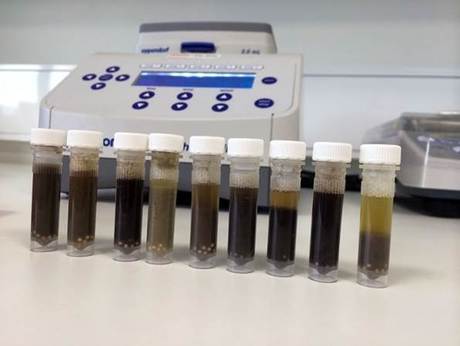Identifying pest poo

Researchers from the University of Canberra’s Institute for Applied Ecology (IAE) have developed readily available and cheap techniques to identify native and introduced animal species. The only catch is that they are required to work with poo samples.
The research was conducted by Dr Anna MacDonald and Professor Stephen Sarre, who observed that environmental DNA (eDNA) detection is currently now being applied to many ecological management decisions within Australia. As noted by Dr MacDonald, “eDNA detection is becoming more common in wildlife studies, as it provides a means to study elusive animals without actually handling or observing them directly.
“We can also use DNA to study interactions between species, for example, by detecting the remains of a threatened species in scats from an introduced predator. We have very little chance of observing a feral cat eating an eastern barred bandicoot, but we can now detect this predator–prey interaction using DNA.”
However, said Dr MacDonald, one of the concerns with eDNA detection is understanding the risks of false negative or false positive results. “For example,” she said, “in this study we have developed a test to detect DNA from bandicoots. To give us confidence in the test results, we need to demonstrate that it doesn’t also mistakenly detect DNA from rodents or wallabies.”
The study aims to provide tools to help researchers overcome these issues by offering a framework for developing and evaluating species-specific DNA tests, with the goal of ensuring correct identification of the DNA within poo samples. Dr MacDonald said, “It is important that we, and others worldwide, develop and adopt appropriate standards that test and measure the reliability of our work.”
The framework aims to facilitate large-scale implementation of well-designed DNA tests to detect specific wildlife from eDNA samples into the future. This will provide researchers and managers with an understanding of the strengths and limitations of their data and enable more informed management decisions. The framework has been published in the journal Molecular Ecology Resources.
Biomarkers for SIDS found in blood samples
US researchers have revealed the fingerprints of sudden infant death syndrome (SIDS) within blood...
Uncurling and 'gluing down' DNA molecules for sharper imaging
Researchers at Nagoya University have demonstrated techniques for stretching and immobilising DNA...
Novel 3D bioprinter can replicate human tissue
Biomedical engineers have invented a 3D printing system capable of fabricating structures that...




